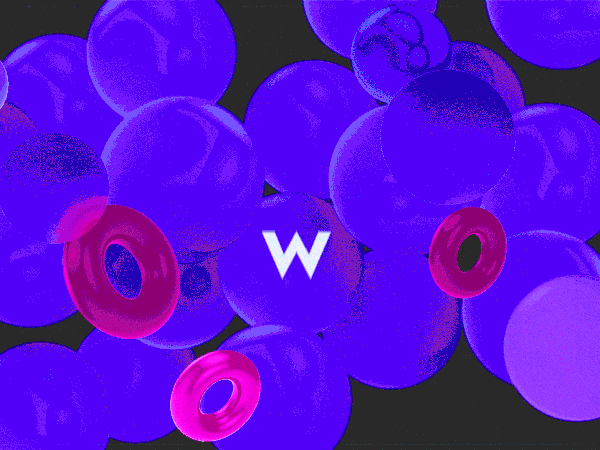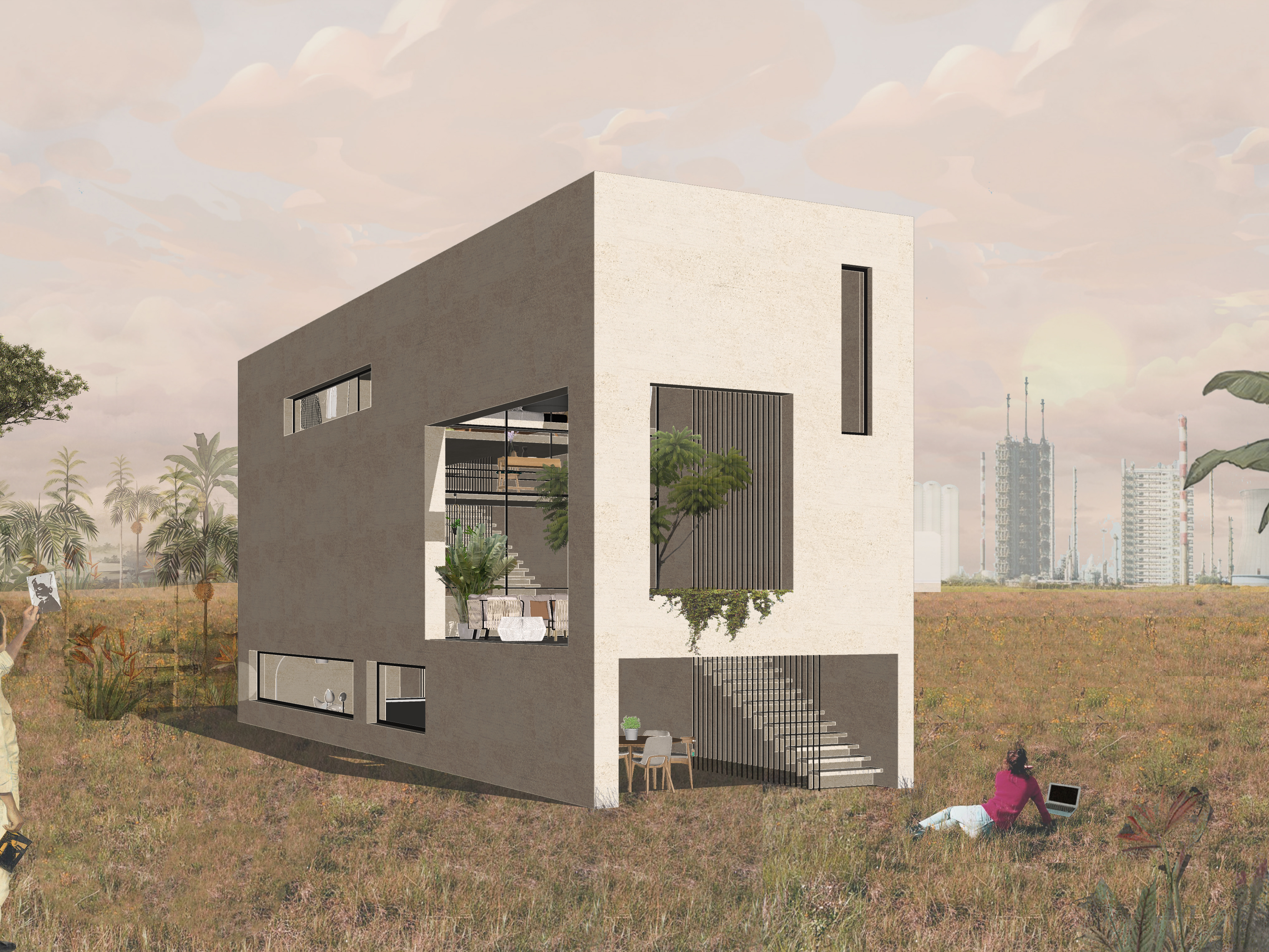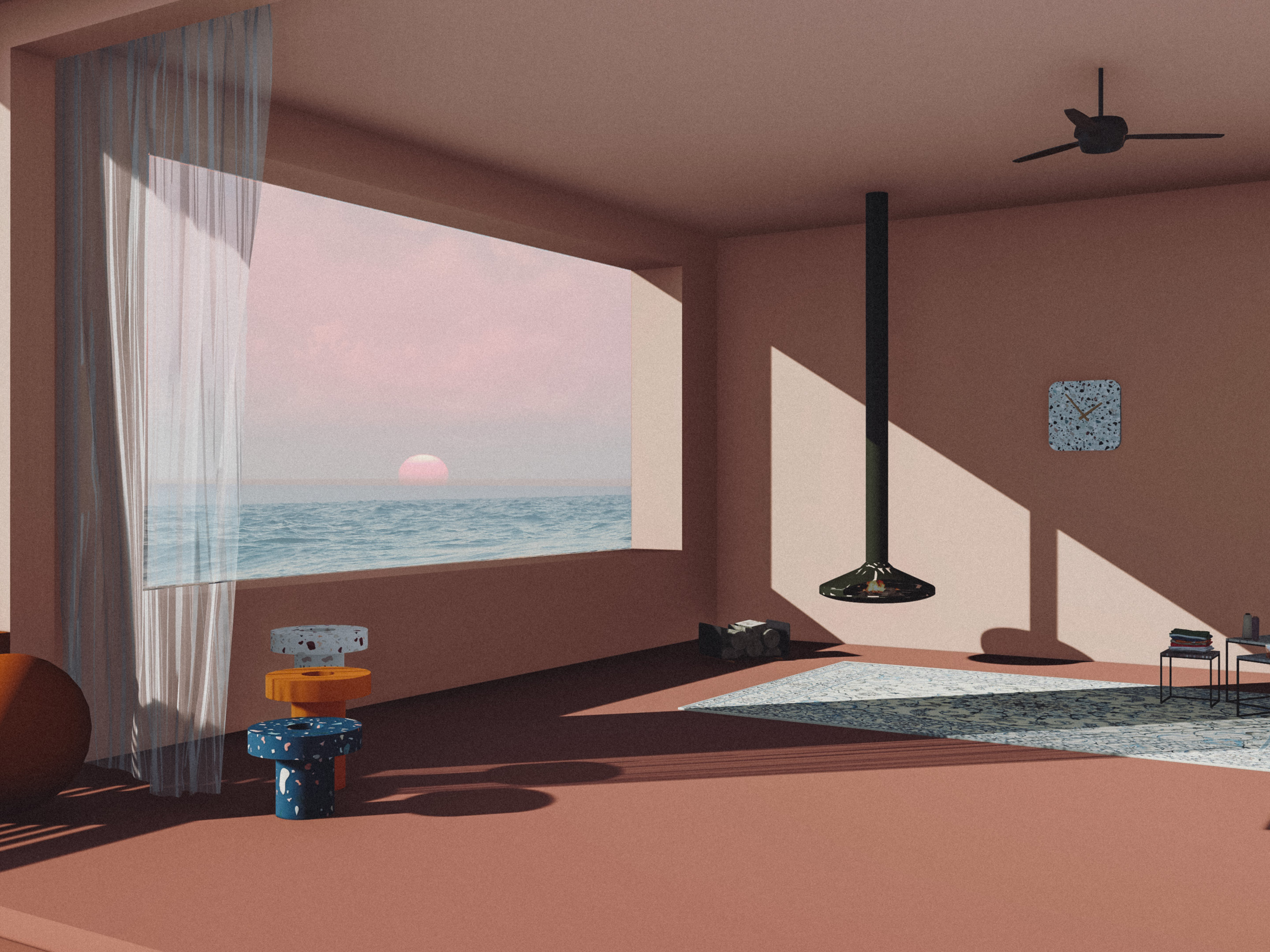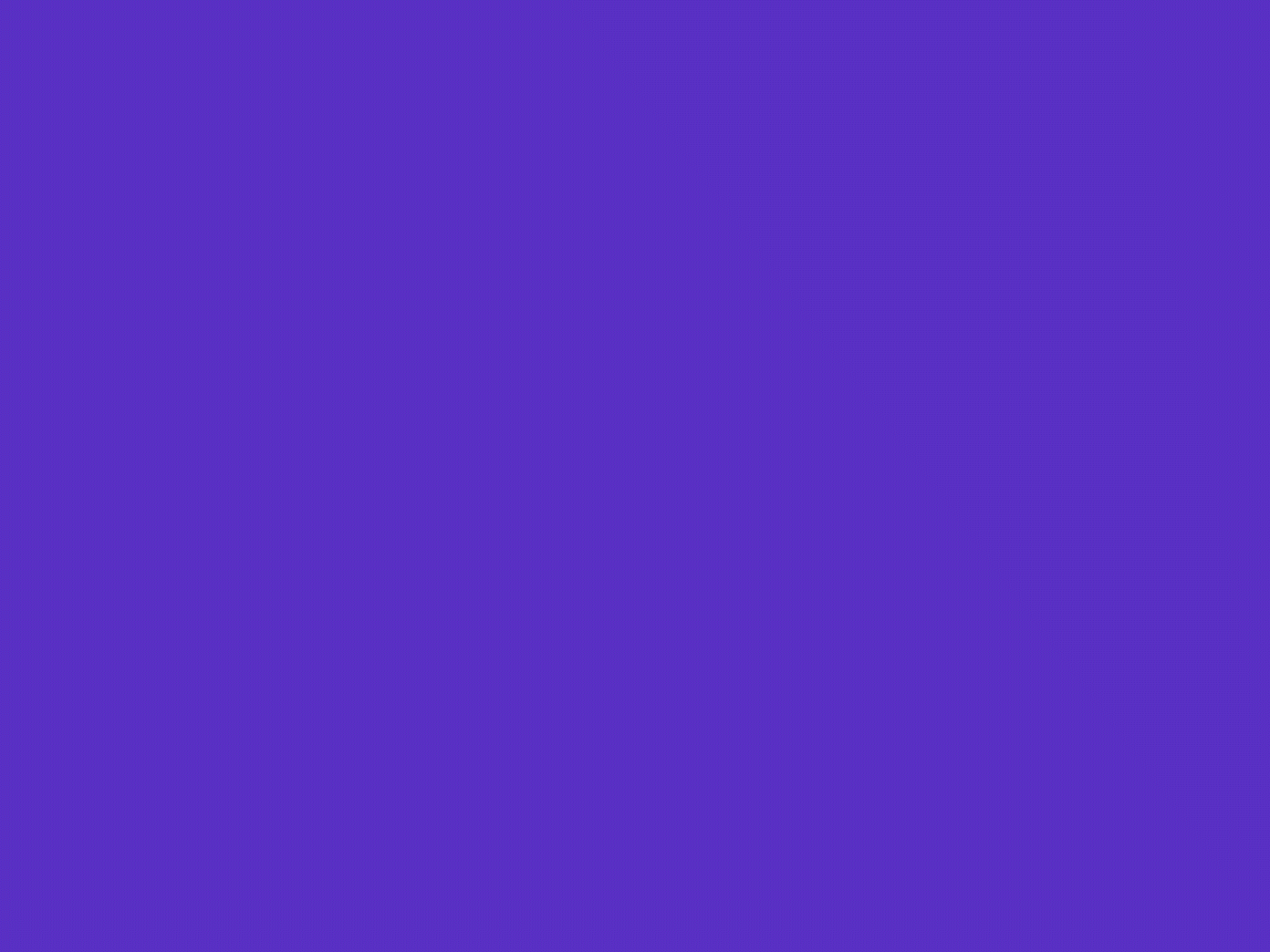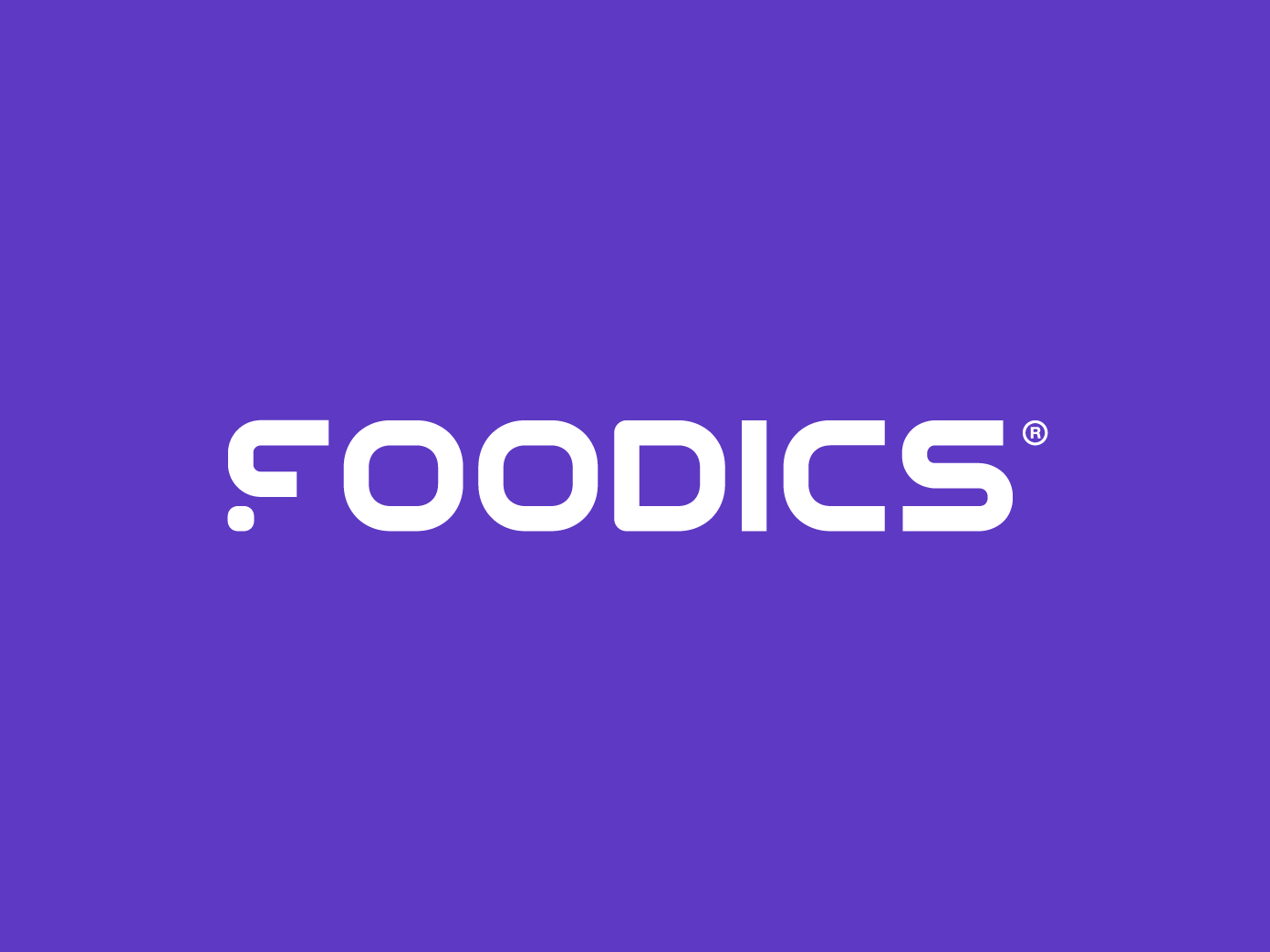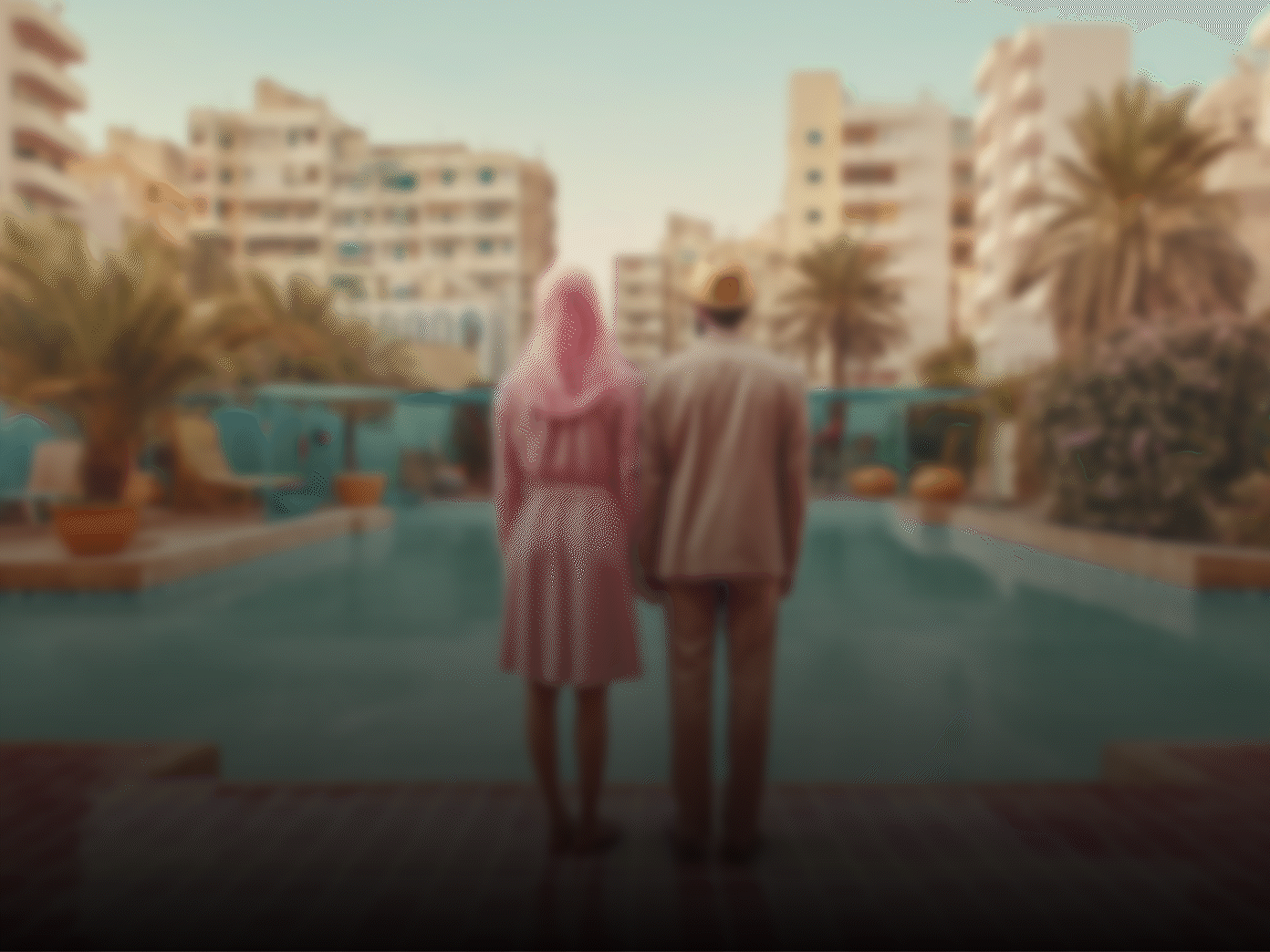A prison is a mere reflection of society where real places and functions are simultaneously represented, challenged and inverted. It has a role and function in society but is at the same time cut off from it.
The wall is the constant architectural symbol that represents being cut off from society. It is a strong representation of the deprivation of liberty, and its strong expression can equally mystify and create fear of the wall to those who are on the other side.
SEPERATE BUT NOT EQUAL
The public perception of women's prisons has stayed the same for 200 years, cell blocks, bars on the windows, barbed wires, and isolation. And because women make up to 7% of the total prison population, there are no prisons customized for their needs.
My intention has been to find ways for women’s prisons to interact and enrich the urban fabric of the city. Opening up for more interaction will hopefully have positive implications for the rehabilitation of female inmates, their children, and on how society perceives the prison as an institution.
THE SITE MAP
The site I chose to implement the system on takes place in Maslakh Marka, Amman. Located between two interesting yet neglected forces which are the Seil of Amman and Al Hijaz railway.
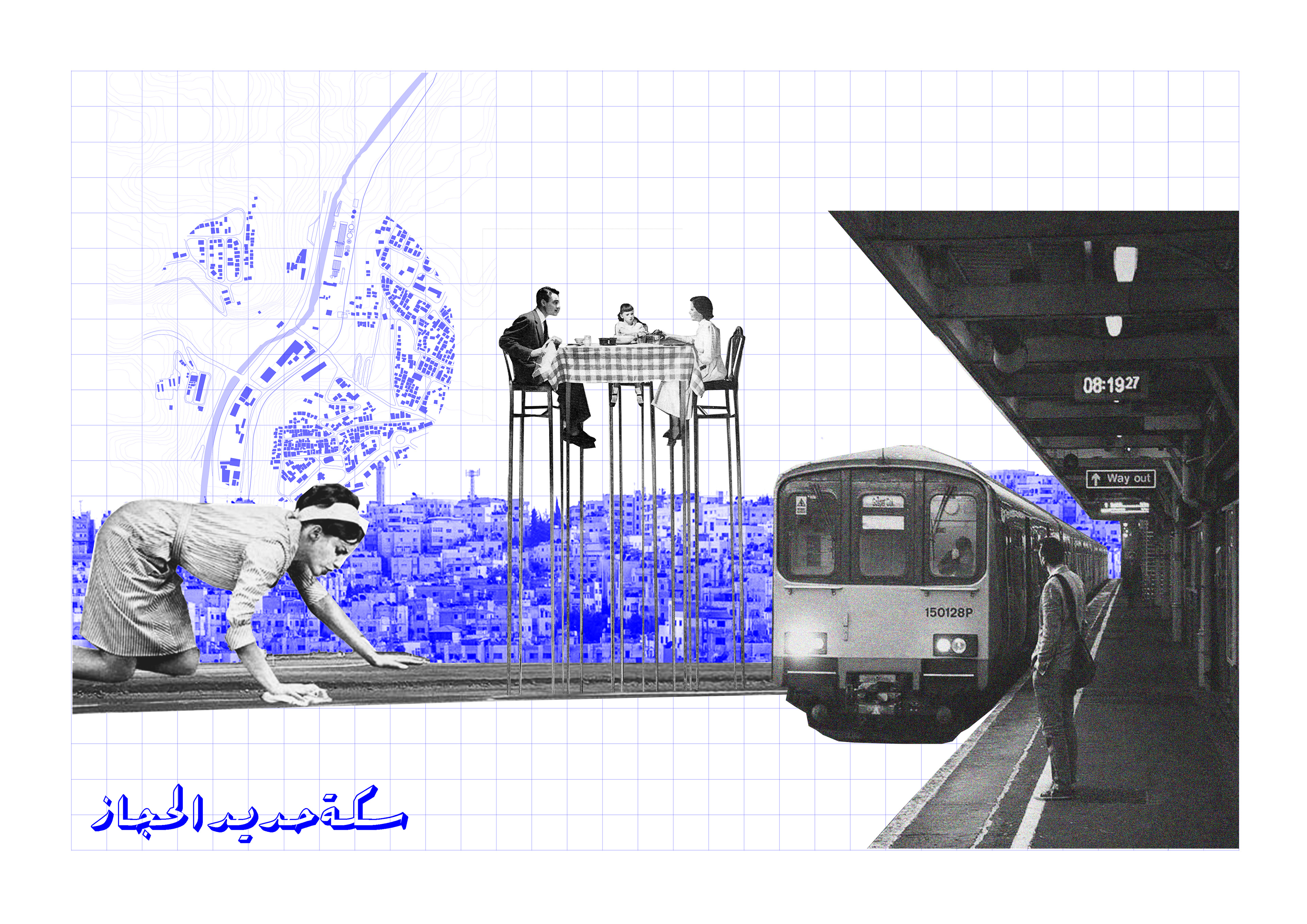
Al Hijaz Railway

Seil Amman
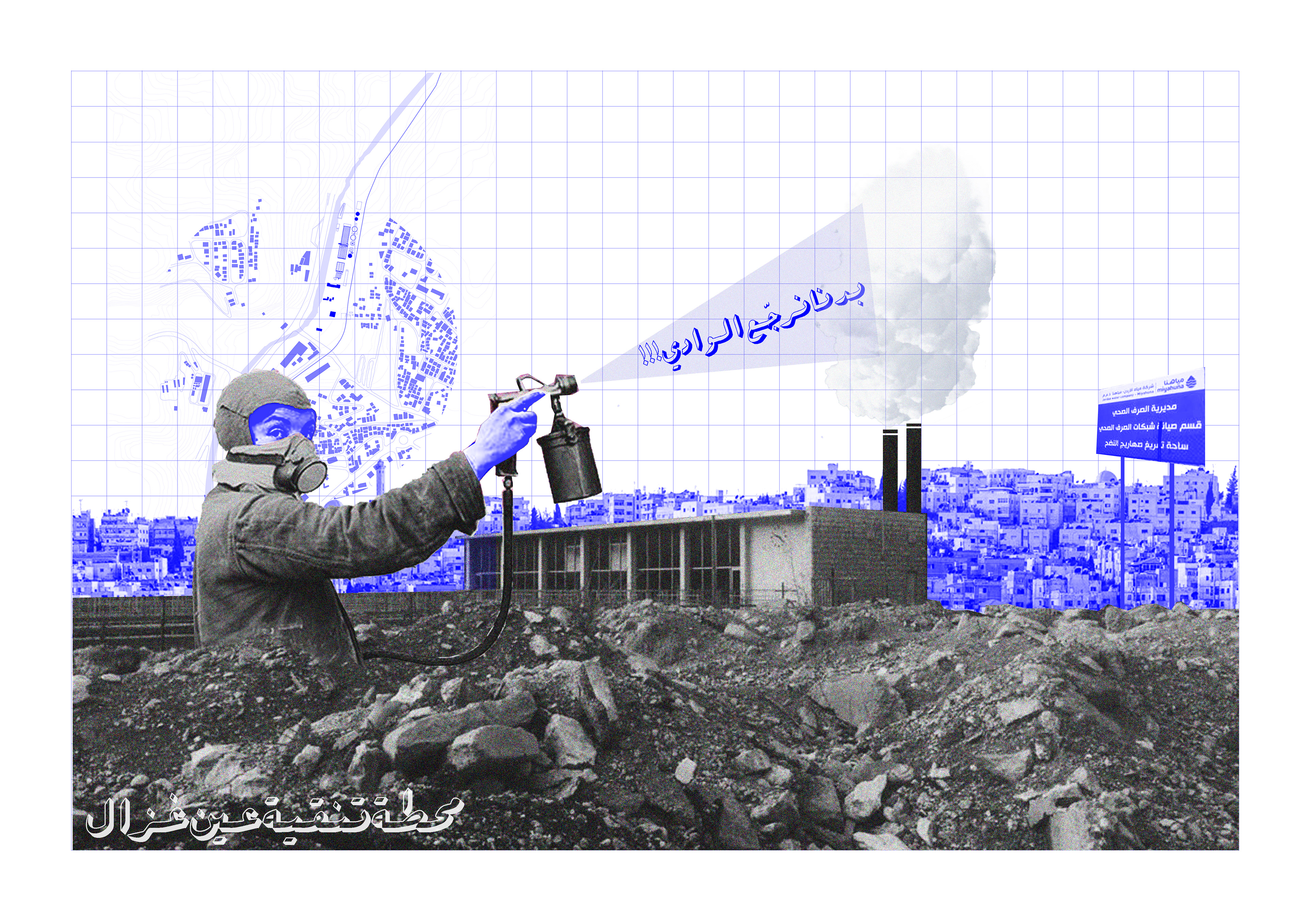
Purification Station of Ain al Ghazal
That is how it all started with the idea of inverting the traditional separation walls of prisons and then elevating the platform resulted. The aim was to limit the movement of the inmates rather than cutting them from society. The S.H.E system solves the most common problems of the traditional prison. As shown in every stage.
1. Accept prisons as a part of society by getting rid of the separation walls.
2. Limit the movement of inmates by elevating the platform vertically, depending on their classification.
3. Limit the issue of prison congestion by creating a modular system.
4. Connecting the upper separation layer with the ground by adding the service core.
5. Having the resulting ground layer as a rehabilitation production layer, as a form of payback to society.
2. Limit the movement of inmates by elevating the platform vertically, depending on their classification.
3. Limit the issue of prison congestion by creating a modular system.
4. Connecting the upper separation layer with the ground by adding the service core.
5. Having the resulting ground layer as a rehabilitation production layer, as a form of payback to society.
Implementing the system on different locations, and that is when the ground/ production layer adapts to the forces of the site so we can hive diverse scenarios, such as farming, fishing, etc..




